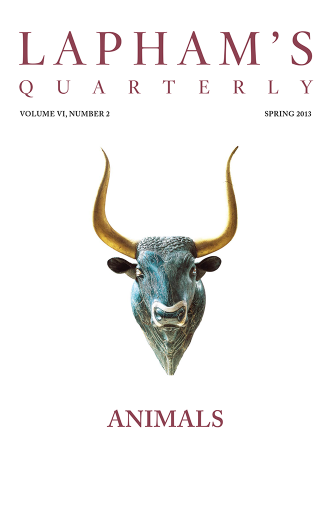A young man, a great spendthrift who had run through all his patrimony and only had one good cloak left, happened to see a swallow, which had appeared before its season, skimming along a pool and twittering joyfully. The youth supposed that summer had come, so he went and sold his cloak. A few days later, the winter set in again with renewed frost and cold, and he found the unfortunate swallow lifeless on the ground. “Unhappy bird!” he said, “what have you done? By thus appearing before the springtime, you have not only killed yourself, but you have wrought my destruction also.”
From the fables. The earliest known mention of Aesop is found in Herodotus’ The Histories, in reference to the courtesan Rhodopis: “She was by birth a Thracian, the slave of Iadmon, son of Hephaestopolis of Samos, and fellow slave of Aesop the fable writer.” Aesop’s work was known and alluded to by Plato, Aristotle, and Aristophanes; in the latter’s play The Birds one character attributes another’s ignorance to the fact that he has “a blind, uninquisitive mind, unaccustomed to poring over Aesop.”
Back to Issue

